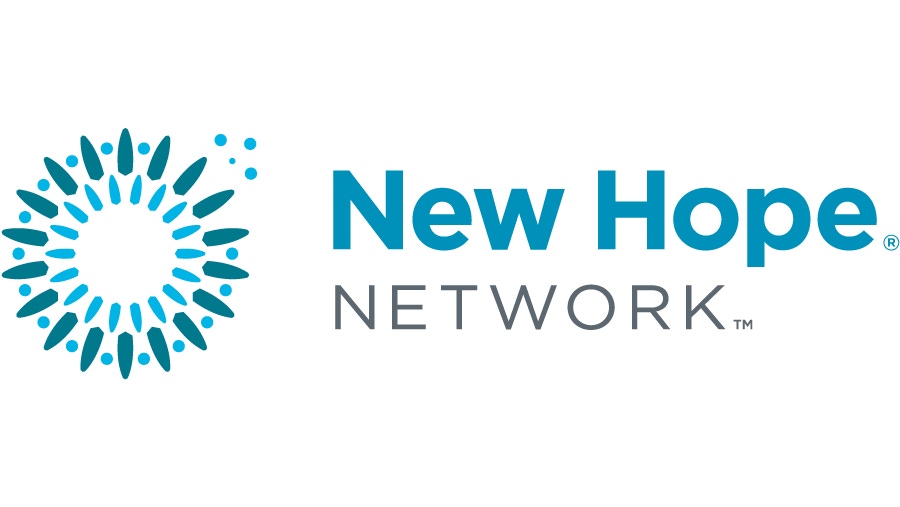L-Tryptophan Is BackL-Tryptophan Is Back
December 13, 2009

By Alan R. Gaby, MD
Healthnotes Newswire (December 10, 2009)—United States regulatory agencies have recently reversed a 20-year ban on the over-the-counter sale of the essential amino acid L-tryptophan, and once again joins countries such as the United Kingdom, Japan, and the Netherlands in allowing this valuable nutrient to be sold as a dietary supplement. A versatile amino acid, L-tryptophan is often an effective treatment for depression, insomnia, and premenstrual mood changes (premenstrual dysphoric disorder).
A manufacturer mess-up makes history
In the 1980s, L-tryptophan was a very popular dietary supplement. However, its over-the-counter sale was banned in 1989, after a manufacturing error by one of the world’s five L-tryptophan producers introduced a contaminant into the product that resulted in a number of cases of a serious and sometimes fatal illness known as eosinophilia-myalgia syndrome. The manufacturing error was identified and corrected relatively quickly, and there have been no reports of eosinophilia-myalgia syndrome resulting from the use of uncontaminated L-tryptophan.
Using it safely and wisely
L-Tryptophan can be of great benefit for many people, as long as those already taking medications and other supplements carefully check for potential interactions. For example:
• People taking antidepressant medications or certain drugs used to treat migraines should not take L-tryptophan without medical supervision.
• Although L-tryptophan may increase the effectiveness of some antidepressants, it can also increase their adverse effects, and in some instances this combination has resulted in potentially serious side effects.
• Certain other drugs may also interact with L-tryptophan; therefore, people taking any medication should consult their doctor before taking L-tryptophan. In addition, L-tryptophan and 5-hydroxytryptophan (5-HTP, a dietary supplement that has effects similar to those of L-tryptophan) should not be taken together.
Using it as a treatment
Some safe intake amounts have been established:
• The amount of L-tryptophan used in clinical trials has usually ranged from 1 gram per day to 6 grams per day.
• To treat insomnia, many people take 500 to 2,000 mg 30 minutes before bedtime.
• While L-tryptophan has been used successfully in some cases as an alternative to antidepressant medication, depression is a potentially serious illness and it should not be self-treated. People interested in using L-tryptophan to treat depression should work with a healthcare practitioner who is trained in the use of nutritional therapies.
• To treat premenstrual mood disorders women have used anywhere from 500 mg per day to 6,000 mg per day. Check with your doctor for the appropriate amount to use.
Tips to maximize effectiveness
As with many supplements, when and what you eat can affect the way it reacts in the body:
• L-Tryptophan competes with other amino acids for intestinal absorption and for transport into the brain. Therefore, taking it with a high-protein meal (protein consists of amino acids) decreases its effectiveness.
• L-tryptophan is most effective when taken on an empty stomach along with some carbohydrate (such as a small glass of orange juice or a piece of fruit). Eating carbohydrates causes the body to release insulin, which helps it utilize L-tryptophan more easily.
An expert in nutritional therapies, Chief Medical Editor Alan R. Gaby, MD, is a former professor at Bastyr University of Natural Health Sciences, where he served as the Endowed Professor of Nutrition. He is past-president of the American Holistic Medical Association and gave expert testimony to the White House Commission on Complementary and Alternative Medicine on the cost-effectiveness of nutritional supplements. Dr. Gaby has conducted nutritional seminars for physicians and has collected over 30,000 scientific papers related to the field of nutritional and natural medicine. In addition to editing and contributing to The Natural Pharmacy (Three Rivers Press, 1999), and the A–Z Guide to Drug-Herb-Vitamin Interactions (Three Rivers Press, 1999), Dr. Gaby has authored Preventing and Reversing Osteoporosis (Prima Lifestyles, 1995) and B6: The Natural Healer (Keats, 1987) and coauthored The Patient's Book of Natural Healing (Prima, 1999).
Copyright © 2009 Aisle7. All rights reserved. Republication or redistribution of the Aisle7 content is expressly prohibited without the prior written consent of Aisle7. Healthnotes Newswire is for educational or informational purposes only, and is not intended to diagnose or provide treatment for any condition. If you have any concerns about your own health, you should always consult with a healthcare professional. Aisle7 shall not be liable for any errors or delays in the content, or for any actions taken in reliance thereon. Aisle7 and the Aisle7 logo are registered trademarks of Aisle7.
You May Also Like



